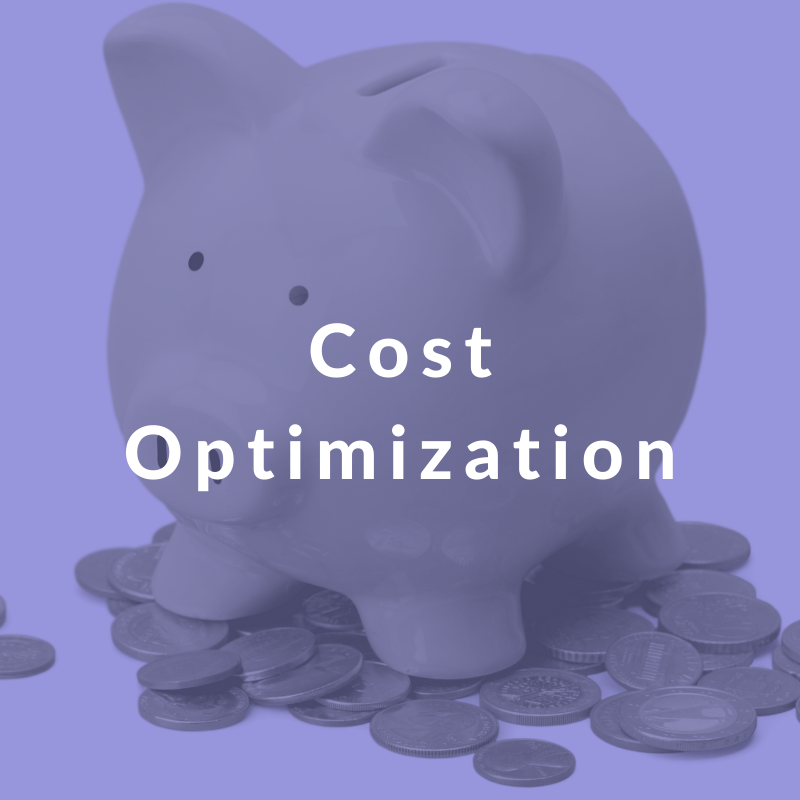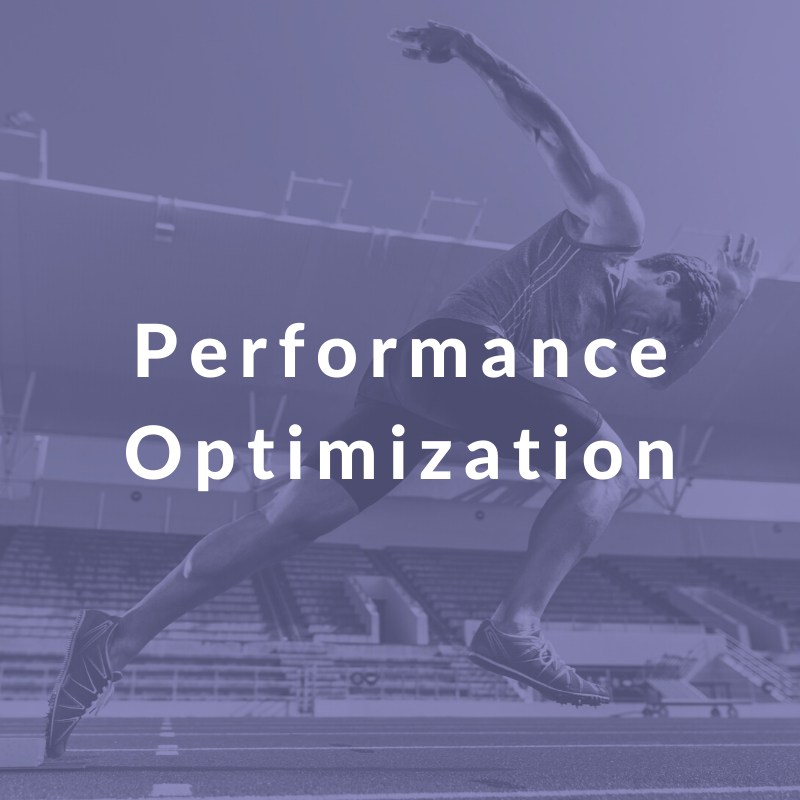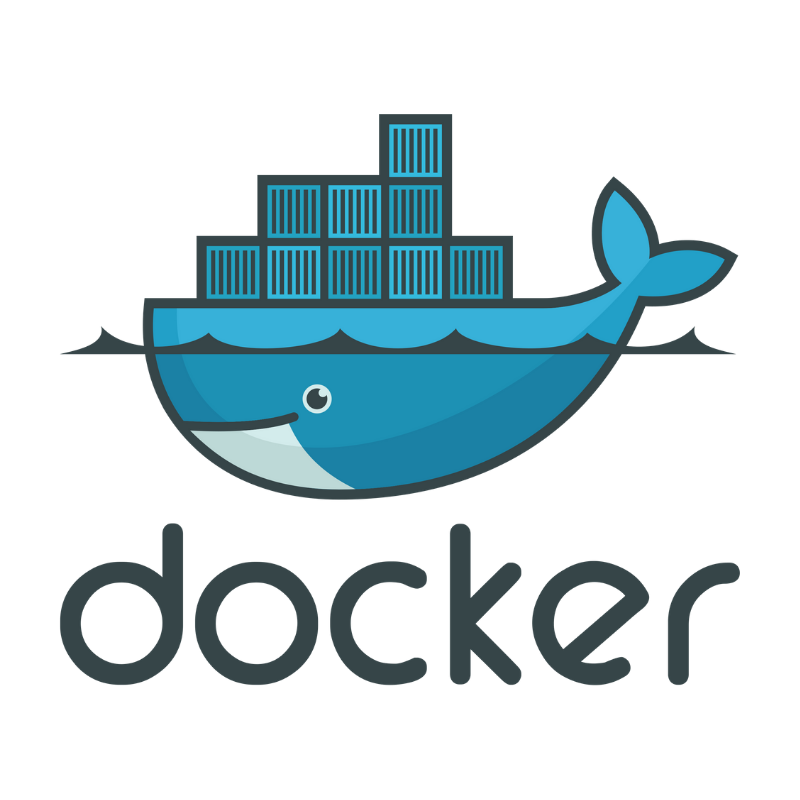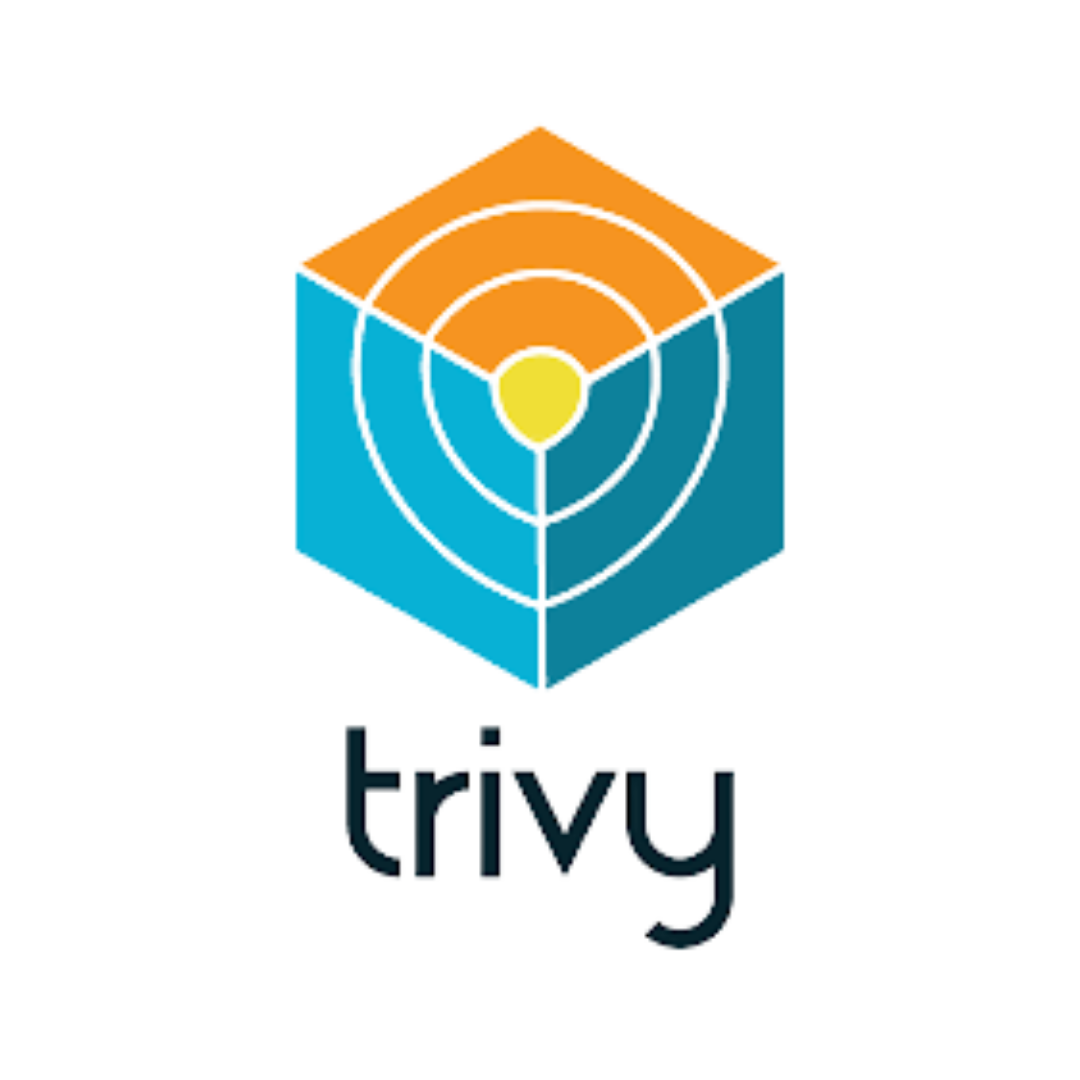
The principal benefits of containerization are:
Improves Portability
Improves Scalability
Simple and Fast Deployments
Enhances Productivity
Improves Security
Reduces Resource Consumption
At stack.io we can:
12-factorize your applications
Put your app in a container
Make it easy to build, push, and pull container images
Make it easy to add dependencies to your application independently of your ops team.
Common container use cases:
Cloud migration
Refactoring existing applications for containers
The adoption of a microservices architecture
Iot services
Developing new container-native applications
Providing easier deployment of repetitive jobs and tasks


























